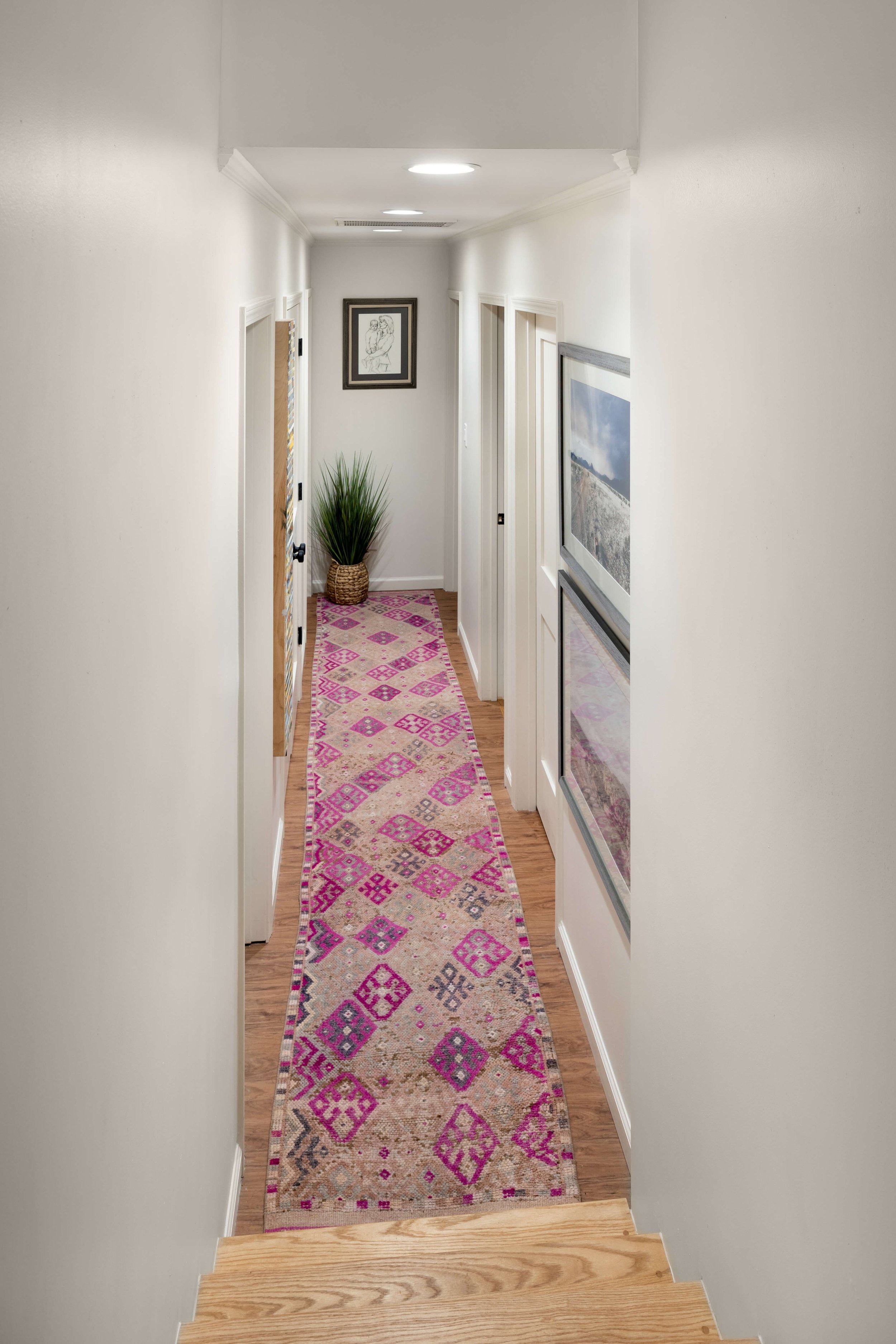From Crawl Space to Finished Basement: What Homeowners Should Know
Introduction
Transforming a crawl space into a finished basement is a significant project that can add value, functionality, and aesthetics to your home. Many homeowners are often left wondering about the feasibility and process involved in such an undertaking. This comprehensive guide will explore everything you need to know as you consider this transformation—from understanding what a crawl space basement is to the ins and outs of basement conversion.
Whether you're in Atlanta or anywhere else, this article will equip you with the knowledge needed to make informed decisions about your crawl space. So, let’s dive in!
What is a Crawl Space Basement?
A crawl space basement serves as a shallow space beneath your home that provides access to plumbing, electrical systems, and ventilation. Unlike a traditional basement that extends below ground level with ample height, a crawl space typically has limited headroom—often https://www.heidecontracting.com/crawl-space-conversion just enough for someone to crawl through.
Characteristics of a Crawl Space Basement
- Height: Generally less than 3 feet high.
- Accessibility: Usually accessed via a small hatch or door.
- Functionality: Primarily designed for utility rather than living space.
Understanding these characteristics is crucial for homeowners considering converting their crawl spaces into usable areas.
The Benefits of Converting Your Crawl Space
Converting your crawl space into a finished basement offers numerous advantages:
Increased Square Footage
One of the most appealing aspects of converting a crawl space is the added square footage it provides. This extra room can serve various purposes:
- Family rooms
- Home offices
- Guest suites
Enhanced Property Value
A finished basement can significantly increase your property's market value. According to real estate experts, homes with usable basements often sell at higher prices.
Improved Home Functionality
A finished basement enhances how you utilize your home. It can become an entertainment area or additional storage space, providing more function without requiring an expansion.
Crawl Space vs. Partial Basement: Understanding the Differences
When discussing basements, it's essential to differentiate between various types, including partial basements and crawl spaces.
Defining Partial Basements
A partial basement has more depth than a standard crawl space but may not span the entire footprint of the house. Features include:
- More headroom than typical crawl spaces.
- Accessibility for storage and utilities.
The choice between a partial basement with crawl space versus fully excavating for deeper foundations largely depends on your needs and property type.
Crawl Space Construction: Key Considerations
If you're considering turning your crawlspace into livable square footage, understanding the construction requirements is vital.
Structural Integrity
Before proceeding, inspect the existing structure's integrity:
- Ensure proper ventilation.
- Check for moisture issues.
Local Regulations
Consult local building codes before starting any construction project. You may need permits or inspections throughout the process.
Can You Turn a Crawl Space into a Basement? Yes! But…
Absolutely! Many homeowners ask, "Can you turn a crawl space into a basement?" The answer leans towards yes—albeit with some caveats.
Factors Influencing Feasibility
Crawl Space Excavation Process Explained
The journey from a cramped crawl space to an expansive finished basement involves several steps:
1. Planning
Draft initial designs and layout plans based on your intended use for the new living area.
2. Hiring Professionals
Search for "crawl space contractors near me" or companies specializing in excavation services to ensure you're working with qualified professionals who understand local regulations and best practices.
3. Excavation
This step involves digging out the existing dirt and debris from under your home while ensuring minimal disruption to surrounding structures.
Basement Conversion Techniques and Tips
Transforming that newly excavated area into an inviting living space requires thoughtful planning and execution:
Insulation Needs
Proper insulation ensures temperature regulation within your new basement:
- Use foam board insulation on walls.
- Install vapor barriers on floors to prevent moisture intrusion.
Flooring Options
Choose flooring materials that withstand humidity levels typically found in basements:
- Vinyl plank flooring
- Engineered hardwood
- Tile
4. Electrical & Plumbing Considerations
Plan out electrical wiring and plumbing installations early in the conversion process to avoid costly modifications later on.

Finished Crawl Spaces: A Viable Option?
Some homeowners opt not only for full conversions but also consider leaving their crawl spaces finished yet accessible:
Pros
- Provides additional storage while maintaining accessibility.
Cons
- May still suffer from humidity issues unless adequately ventilated.
Ultimately, whether opting for simply finishing or fully converting depends on personal preference and how much utility you want from that area of your home.

FAQ Section
1. How much does it cost to convert my crawlspace into a basement?
Costs vary significantly based on location (for example, prices may differ in Atlanta), size of conversion, required permits, contractor fees, etc., but expect anywhere from $20,000 up depending on complexity.
2. Is it worth adding a basement?
Yes! A finished basement adds both functional living space and resale value to your property—often making it worthwhile in the long run!
3. Can I DIY my crawlspace conversion?
DIY projects are tempting—but due diligence should be taken when assessing structural integrity risks; consulting professionals is highly recommended!
4. What are common problems faced during conversions?
Issues like moisture control or inadequate ceiling height can arise during conversions—thus preemptive planning helps mitigate these challenges effectively!
5. Do I need permits?
Yes! Always check local building codes beforehand; compliance prevents future headaches related to inspections down the line!
6. How long does this process take?
Typically ranges from several weeks up-to few months depending upon complexity & contractor availability!
Conclusion
With careful planning and consideration of all factors discussed above—from understanding what constitutes both crawls spaces vs basements—to hiring professional help—you’re now equipped with critical insights necessary for undertaking such an ambitious home improvement project!
As we’ve explored throughout this journey titled “From Crawl Space to Finished Basement: What Homeowners Should Know,” transforming that underutilized area beneath your house opens doors not only aesthetically but also functionally; it could forever change how you use—and appreciate—your home! So roll up those sleeves because exciting changes await ahead!
